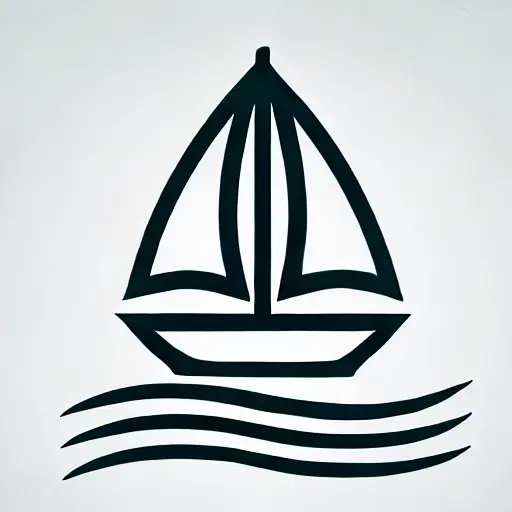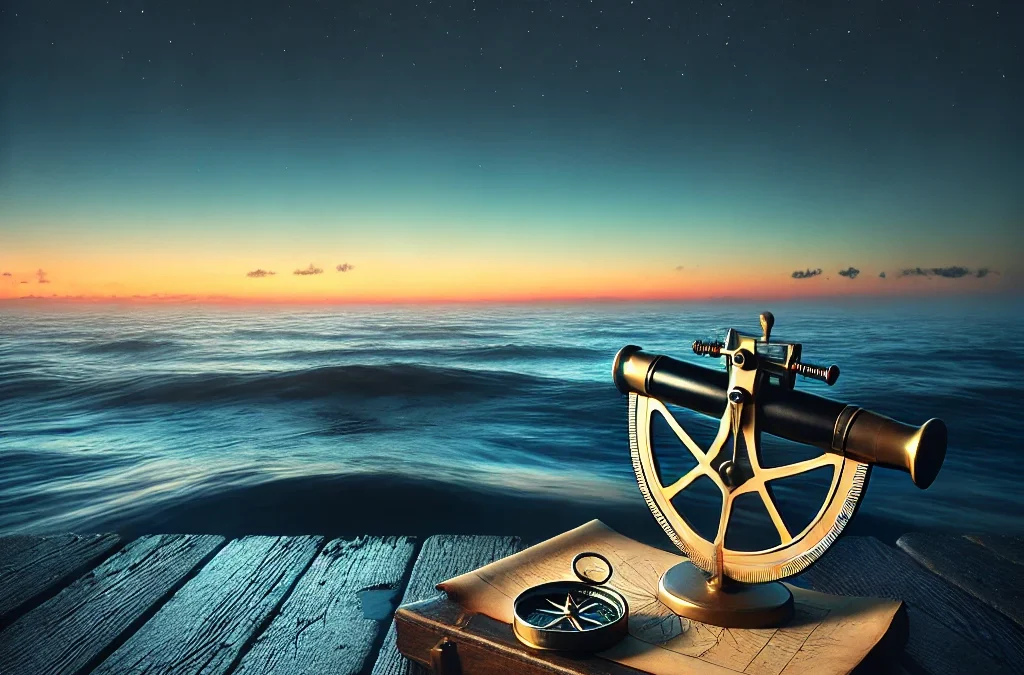The Importance of Nautical Twilight for Celestial Navigation
Celestial navigation has been a cornerstone of maritime travel for centuries, and even in today’s modern age, the fundamentals remain essential. One of the critical concepts in this time-honored practice is the various stages of twilight. In this post, we explore the differences between the types of twilight—dawn and dusk, civil twilight, and nautical twilight—and explain why nautical twilight holds a special significance when navigating by sextant.
Dawn and Dusk
The periods of dawn and dusk mark the transitions between night and day. These are the times when the sky gradually brightens at sunrise or deepens into darkness at sunset. During these transitions, the interplay of natural light creates a spectrum of atmospheric conditions that can affect visibility, which is especially important for navigators who rely on accurate horizon detection.
Civil Twilight
Civil twilight occurs when the Sun is between 0° and 6° below the horizon. During this period, there is still enough natural light for most outdoor activities, and artificial lighting is typically not required. However, for navigational purposes, civil twilight might not always provide the optimal contrast between the sky and the horizon, as the residual light can sometimes wash out the fine details that are critical for precise measurements.
Nautical Twilight
Nautical twilight takes place when the Sun is between 6° and 12° below the horizon. This phase is particularly significant for celestial navigation. During nautical twilight, the horizon remains distinctly visible even though the sky is dark enough that the brighter stars emerge. This clarity is crucial for sextant readings, as it allows navigators to accurately measure the altitude of celestial bodies relative to the true horizon—a measurement that is fundamental to determining one’s position at sea.
Navigators have long relied on the clear, unambiguous horizon available during nautical twilight. With the proper use of a sextant, mariners can measure the angle between a celestial body, such as the sun or a star, and the visible horizon. These measurements, when combined with precise timekeeping, allow for the calculation of latitude and longitude—ensuring safe and accurate passage even when modern electronic systems fail.
For those training towards the RYA Yachtmaster Ocean certification, understanding these twilight phases is more than just academic knowledge. It is a practical skill set that has been honed over centuries of maritime experience. Our upcoming sailing trip offers a unique opportunity to experience these natural phenomena firsthand, combining practical sextant exercises with the traditional art of celestial navigation.
Whether you are a seasoned navigator or a passionate learner, appreciating the nuances of twilight can enhance your understanding of the sea and the timeless methods that have guided mariners for generations.

